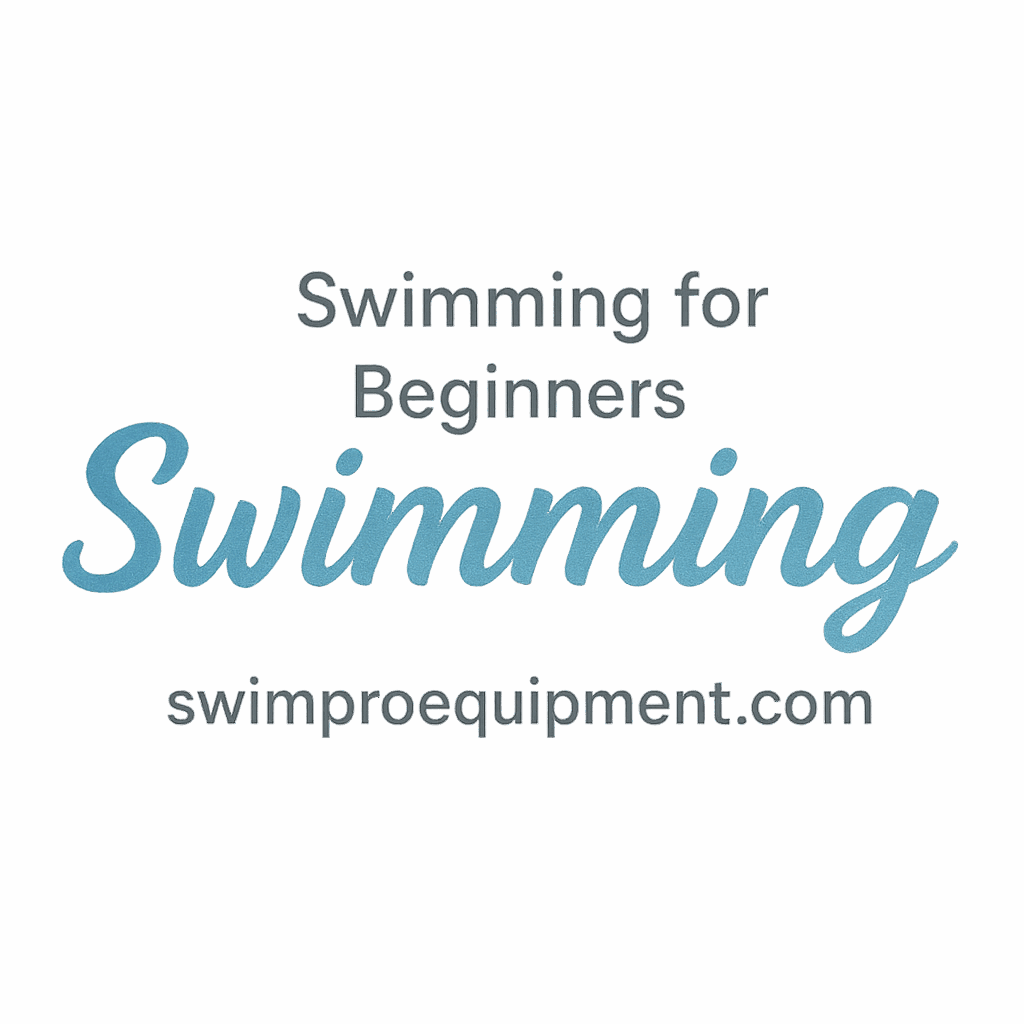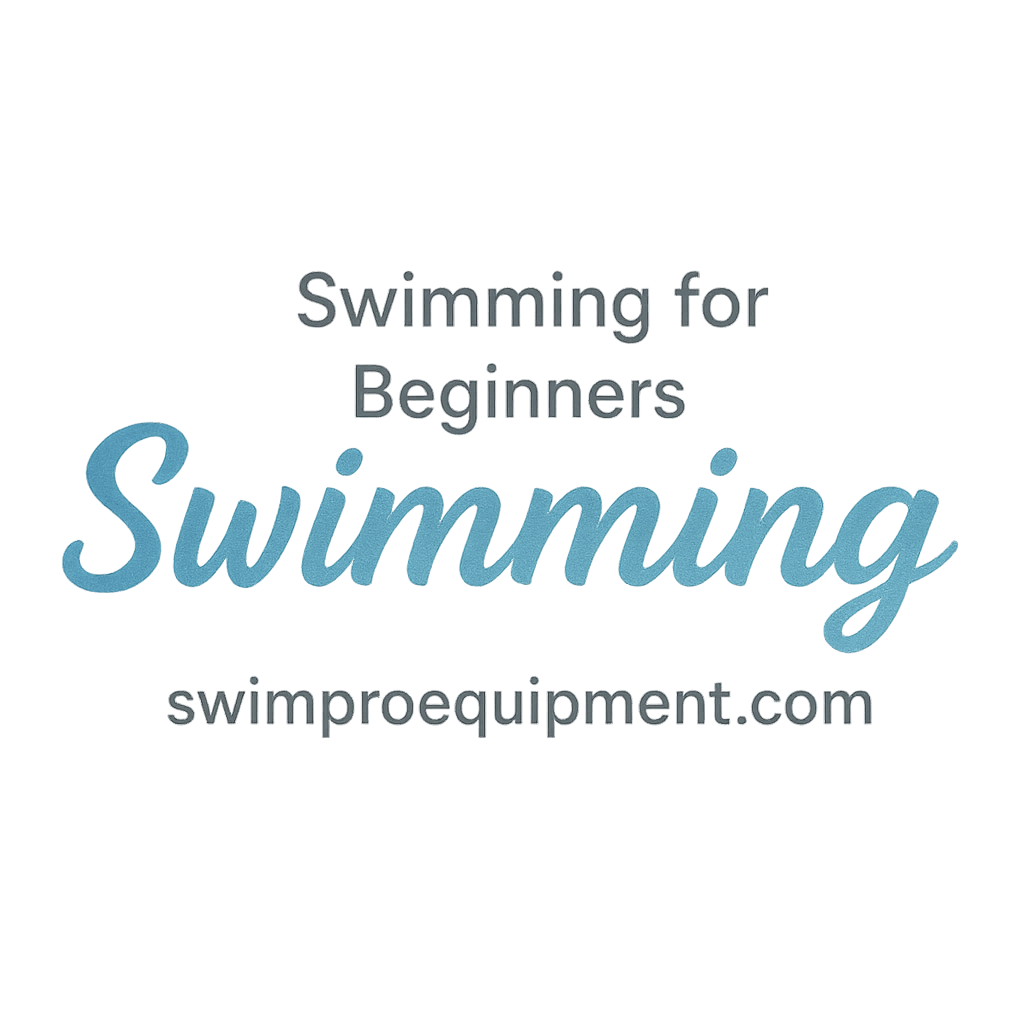Introduction
If you’re a swimmer looking to take your fitness to the next level, interval training might just be your secret weapon. Interval workouts are designed to push your body to its limits with short bursts of intense effort followed by a brief rest period. These workouts have become a cornerstone of swimming training because they not only enhance speed and endurance but also improve technique and cardiovascular health. In this article, we’ll explore 7 interval workouts that can boost your swimming fitness.
What Are Interval Workouts?
Definition and Benefits
Interval workouts consist of alternating between periods of high-intensity exercise and low-intensity recovery. This type of training is proven to increase overall fitness by challenging both your aerobic and anaerobic systems. For swimmers, interval training can:
- Increase cardiovascular endurance
- Improve speed and power in the water
- Boost stamina
- Help refine swimming technique
- Assist with injury prevention
Why Interval Training is Essential for Swimming
Increasing Endurance
Interval training challenges your body to work at peak performance, pushing your limits while enhancing overall endurance. Swimmers benefit from improved stamina during longer races or training sets.
Improving Speed
By incorporating short, high-intensity bursts into your routine, interval workouts train your body to respond more effectively to speed demands. With practice, you’ll see faster lap times and quicker recovery between sets.
Enhancing Cardiovascular Health
Interval training strengthens the heart by alternating between exertion and rest, which helps your body recover faster and more efficiently. This kind of cardiovascular conditioning translates directly into improved performance in the pool.
The Basics of Interval Training for Swimmers
Understanding Rest and Work Intervals
For swimmers, interval training is all about finding the right balance between work and recovery. Typically, the work interval is the intense period where you swim at a fast pace, while the rest interval allows your body to recover before the next burst of speed. As you get fitter, the length of the work interval increases, while the rest period shortens.
1. The 50m Sprints Challenge
How It Works
In this classic sprint workout, you’ll swim 50 meters at full speed, followed by a short rest interval (around 30-60 seconds). Repeat for a set number of sprints, such as 10-15. This workout is perfect for improving your explosive power in the water.
Benefits for Speed
Short sprints train your body to move quickly and efficiently, helping to reduce drag and improve stroke technique. If you’re training for a sprint race, this type of interval is a must.
Semantic Internal Link: Swimming Gear Equipment
2. 200m IM Swim Intervals
Focusing on Technique and Endurance
This workout involves swimming 200 meters in individual medley (IM) style, alternating between butterfly, backstroke, breaststroke, and freestyle. After each 200-meter swim, rest for 1-2 minutes, then repeat.
Key Focus Areas
Focusing on each stroke’s technique during the 200m IM set helps swimmers build all-around skills while increasing stamina. This workout is perfect for those looking to improve their IM race times.
Semantic Internal Link: Swimming Basics Techniques
3. Pyramid Swim Sets
Structure of a Pyramid Set
In pyramid sets, you gradually increase the distance of each interval before decreasing it again. For example, you could swim 50m, 100m, 150m, 200m, and then reverse the pattern. The gradual increase in intensity followed by a decrease helps build endurance and technique.
Why It Improves Stamina and Technique
The pyramid structure mimics the ups and downs of race conditions, helping swimmers adapt to varying levels of intensity. It’s a great way to improve pacing and endurance while enhancing technique.

4. Tabata Training for Swimmers
What Is Tabata?
Tabata training involves performing 20 seconds of maximum effort followed by 10 seconds of rest, repeated for several rounds. For swimmers, this means doing short bursts of intense swimming, such as 20 seconds of fast freestyle followed by 10 seconds of rest.
High Intensity, High Results
Tabata workouts are highly effective for boosting your cardiovascular fitness, improving your sprinting power, and burning fat. The short rest periods force your body to adapt quickly, building both aerobic and anaerobic endurance.
Semantic Internal Link: Motivation Progress for Swim Learners
5. Progressive Interval Sets
Understanding Progressive Training
Progressive interval sets involve gradually increasing the intensity or distance with each set. For example, you might start with 100m swims at a moderate pace, then increase the pace or distance with each interval.
Adapting Your Intensity for Growth
Progressive sets are perfect for swimmers looking to challenge themselves incrementally. This method allows for continuous improvement and avoids plateaus in performance.
6. Distance Swim Intervals
Longer Sets for Building Stamina
In these workouts, you swim longer distances (e.g., 400-800 meters) at a moderate pace, focusing on maintaining consistent speed. The goal is to improve your ability to maintain technique over longer durations.
Why It Helps with Technique
Swimming longer distances allows you to practice your stroke technique in a fatigued state, which is crucial for race day when maintaining perfect form under fatigue is key to success.
7. The 4x400m Endurance Set
Mastering Endurance and Consistency
This interval workout consists of swimming 400 meters at a challenging but sustainable pace, followed by a rest period of 1-2 minutes. Repeat the set 4 times to build stamina and enhance overall fitness.
How It Boosts Overall Fitness
This long endurance set is essential for increasing your body’s ability to swim at a high pace for extended periods, especially for middle-distance swimmers.
Semantic Internal Link: Training Workouts for Beginners
Incorporating Interval Workouts into Your Routine
Creating a Balanced Training Schedule
When adding interval workouts to your routine, it’s essential to find the right balance. Include a mix of high-intensity workouts, endurance swims, and recovery days to avoid overtraining. A well-rounded approach will help you get the most out of your interval training.
Semantic Internal Link: Injury Prevention
Tips for Maximizing Your Interval Training
Nutrition and Hydration
Proper nutrition and hydration are key to getting the most out of your interval workouts. Be sure to fuel your body with a balanced meal before training and hydrate well before, during, and after your swim.
Rest and Recovery
Interval training can be demanding, so it’s essential to allow adequate rest between sessions. This will ensure that your muscles recover and adapt to the stress of training.
Conclusion
Interval training is one of the most effective ways to boost swimming fitness, whether you’re training for a race or just looking to improve your performance. By incorporating these 7 interval workouts into your routine, you’ll enhance speed, endurance, technique, and cardiovascular health, helping you become a stronger and more efficient swimmer.
Frequently Asked Questions
What Should Be My Rest Interval?
The ideal rest interval varies based on your training goals and fitness level. For high-intensity sprints, aim for a 1:1 work-to-rest ratio. For endurance training, you can use longer rest periods.
How Often Should I Do Interval Workouts?
Ideally, interval workouts should be performed 2-3 times per week, allowing for adequate recovery in between.
Can Interval Training Improve My Technique?
Yes, interval training can help refine your technique, especially when focusing on specific strokes during different intervals.
What Is the Best Interval Workout for Beginners?
For beginners, start with shorter intervals like 50m sprints with 30-60 seconds of rest. Gradually increase intensity and distance as your fitness improves.
How Long Should I Do Each Interval?
The duration of each interval depends on the specific workout, but intervals typically range from 20 seconds to 4 minutes. Adjust based on your fitness level.
Can I Combine Interval Workouts with Other Training?
Yes, interval training can be combined with other types of swimming workouts, such as technique drills or endurance swims, to create a comprehensive training plan.
How Do I Know if I Am Improving?
Track your times and distance over time to monitor progress. As you get fitter, you’ll notice faster lap times and better stamina in longer sets.
Semantic Internal Link: Tracking Progress


